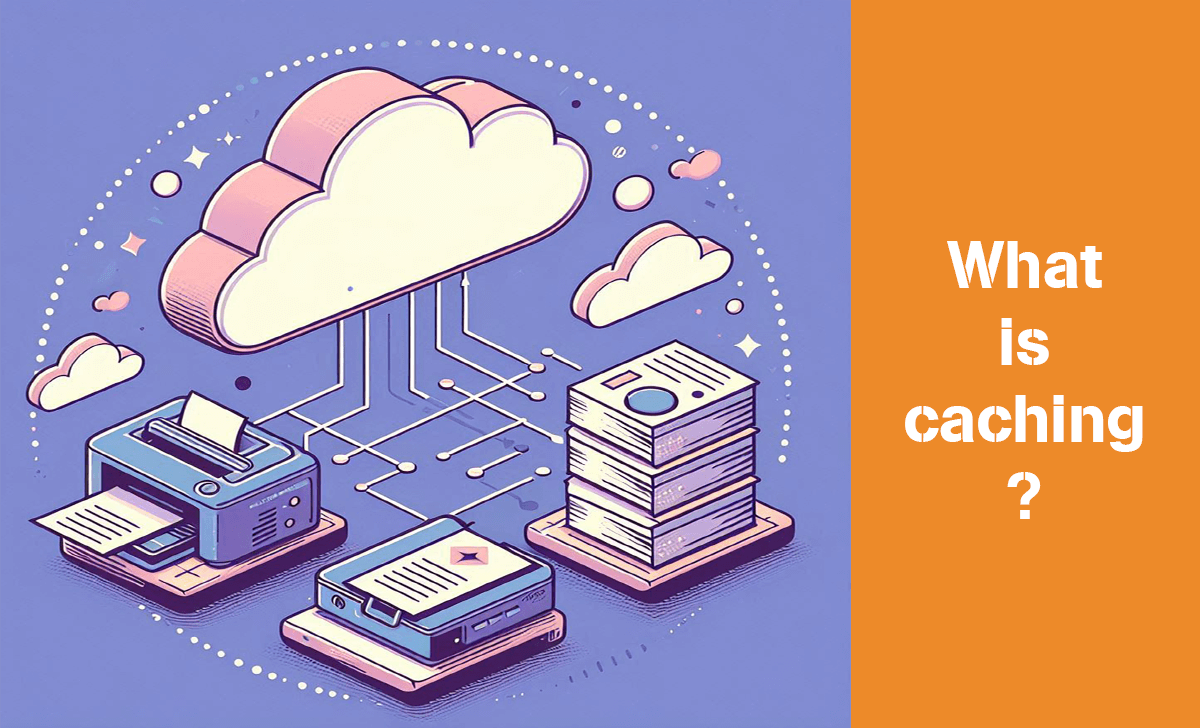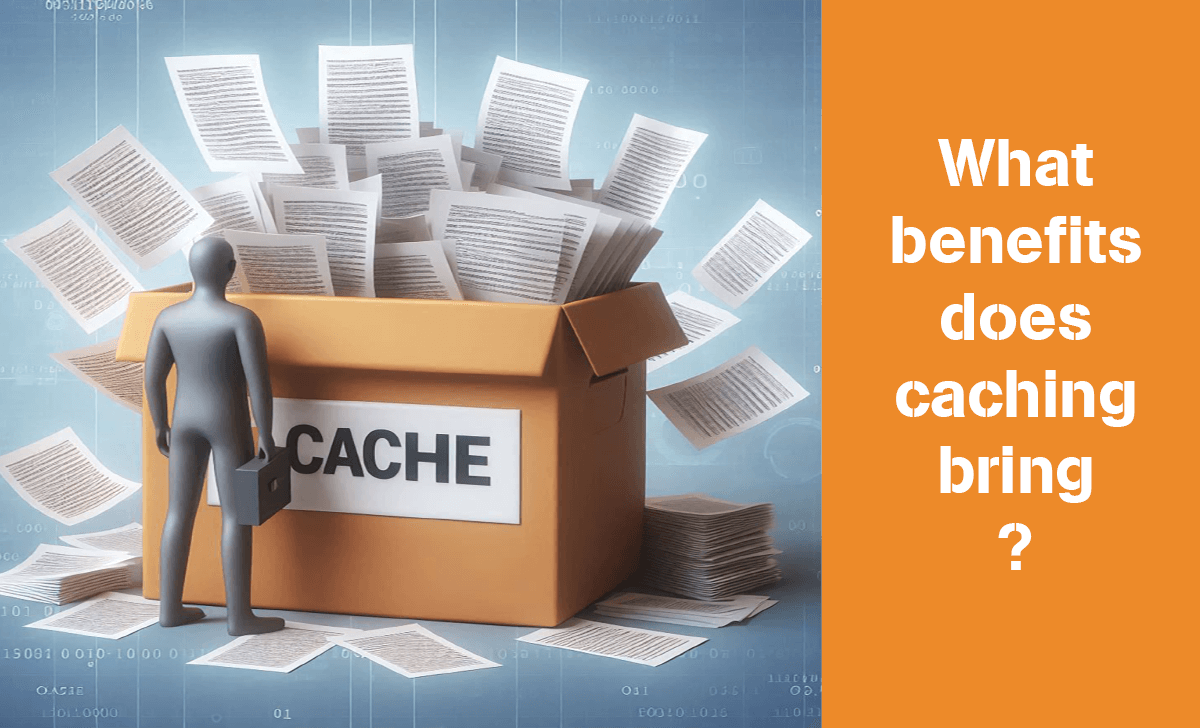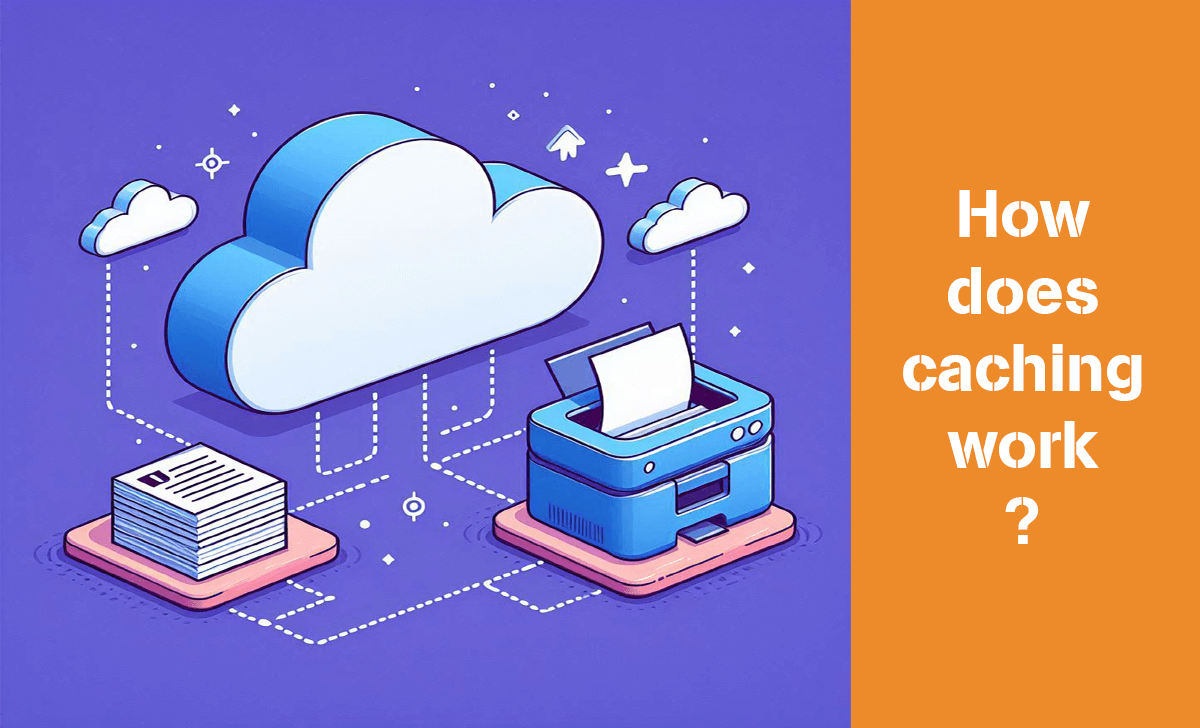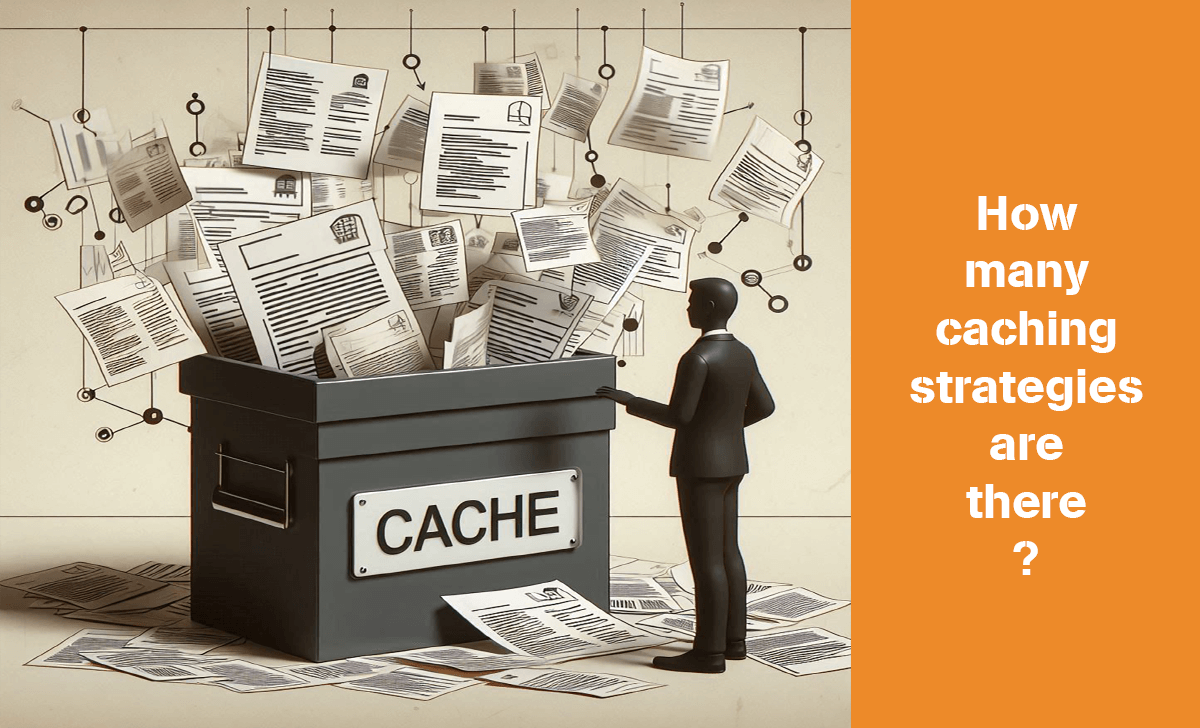Caching is a familiar term in the technology field. It is a technique that helps increase data retrieval and reduce system load. Therefore, this technique is applied in many fields such as operating system management, web applications,…
If you want to know more about the concept of caching techniques, why not take some time to follow upcoming content with AZCoin?
What is caching?

Have you ever heard of the concept of caching? This is a technique in the field of technology to increase data retrieval performance and reduce system load. This process can be simply understood as storing a copy of previous data or calculation results to reuse when needed. Some popular applications for this technique include Solscan, Dune,…
The information and data stored above will be kept in a temporary memory area called a cache. Only when there is a request to retrieve data will the cache be checked for stored data. These data will then be used without going back to the source.
Because of the above characteristics, caching techniques are especially useful in situations where data changes slowly or does not change over a certain period. From here, it allows us to minimize unnecessary retrieving of data from the source.
What benefits does caching bring?

Technical caching at present time is being applied in many fields such as web development, and operating system base construction,… In general, no matter how carefully it is applied, this technique also brings many benefits:
- Improve performance for applications, web browsers,…
- Save unnecessary costs for data deployment and organization.
- Significantly reduces system processing time.
- Reduce the load on systems that must process data and retrieve information.
- Significantly improve access throughput and system usage.
If you are interested in learning more about other modern technology techniques and applications, please check out: Big Data, API Integration,…
How does caching work?

As we mentioned earlier caching works by storing all relevant data information in a temporary memory area called cache. From here, when receiving a request, it will check the stored data and provide it without needing to retrieve it from the main source.
However, caches do not completely store the entire original data. Instead, they only contain a small portion of the data, which is used to minimize the time it takes to retrieve the entire data. This process is now significantly supported by RAM and In-Memory Engines.
If you wonder what role RAM and In-Memory Engines play in caching, they are the components used to store data. In other words, it is thanks to these two components that we can improve data retrieval performance and keep latency low with the lowest loss.
How many caching strategies are there?

Unlike the idea that caching technology has only one implementation, it can be deployed in 5 different strategies, including:
Cache aside
This is an extremely useful deployment strategy in scenarios where data updates are not too frequent but require quick data access. This model is also very easy to deploy as it only requires four steps: accessing, checking, updating, and replacing outdated data.
However, because of its simplicity, the cache aside model always creates significant latency, affecting the system’s response time.
Read through
This is a caching model designed to automate the process of loading and storing data into caches through an intermediary layer. Thanks to that, applications can automatically handle loading data into the cache, minimizing data obsolescence to the maximum extent.
However, having to use an additional intermediate layer to operate will make this system more complicated to deploy.
Write around
This is a strategy for implementing caching by directly writing newly collected information to the main data source without updating that data to the cache immediately.
This is a deployment strategy that should only be used when it is necessary to optimize write performance and reduce cache usage for infrequently used data.
Write back
This is a strategy that allows data to be cached first and then synchronized with the main data source after a certain period.
This is a type of deployment that helps optimize resources but is relatively complex to manage and has some risk of data loss.
Write through
This is a very special implementation strategy that allows data to be written to both the cache and the main data source at the same time.
This type of strategy is often seen in large systems that require data to be updated and synchronized between the cache and the main data source immediately.
Conclusion
So we have come to the end of all the content surrounding the technical term caching. Thank you for taking the time to follow and see you again in other content from AZcoin.

I am Tony Vu, living in California, USA. I am currently the co-founder of AZCoin company, with many years of experience in the cryptocurrency market, I hope to bring you useful information and knowledge about virtual currency investment.
Email: [email protected]











